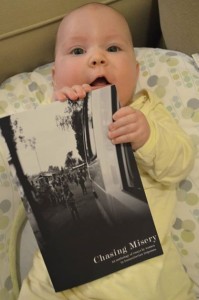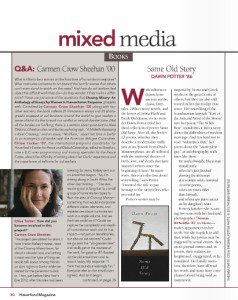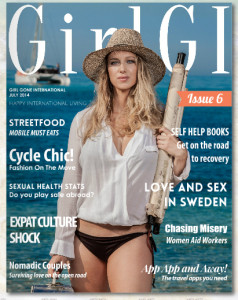Many thanks to all of you who have reviewed Chasing Misery this year. 9 five star reviews and two 4 stars isn’t bad! Here’s what people are saying:
“As a woman and a humanitarian aid worker, I was thrilled to read this book. The essays are written by various women who have worked in diverse humanitarian emergencies: South Sudan, Haiti, Syria, Uganda, DRC, and may others. The stories are personal, poignant, and evocative of the realities of working in the field. Through their stories, the women who contributed to this book show us the power of empathy, the excruciating realities of emergency response, and even the dark side of humanitarian aid. Reading their tales, we experience the joy of helping others, the pain of seeing the limits of your own work, and the suffering of untold millions struggling with war, natural disasters, and poverty. Anyone considering a life working for an aid organization should get their hands on this book!”
“These essays are an excellent portrayal of the struggles, heartbreak, and hope faced by humanitarian aid workers in the field! A must read for those who have worked in or are considering working in the field!”
“For the humanitarian aid worker, each story in Chasing Misery will conjure up memories of places, people and situations they have experienced. From the ever-moving target of ‘the field’ to holding tight to ‘the subtle thread,’ each story offers a chance to relive and rethink our experiences, and to learn from the wisdom of our colleagues. For those outside the sphere of humanitarian aid and the NGO world, Chasing Misery offers a rare glimpse, from women’s perspectives, into the daily successes, failures and challenges of humanitarian aid work and the constant questioning of what we do, how we do it, and the choices we make in our own lives amidst it.
An excellent read for anyone who does aid work, wants to start a career in it or is simply interested in learning more about it from a fresh perspective!”
“Uniquely positioned authors provide forceful, smart, compelling insight into a world that is little known yet at the forefront of multiple essential projects across the globe. Equally fascinating for those with field experience and for general readers.”
“This is a terrific collection of short stories concerning women in humanitarian work. Emotional, clever and heart wrenching. Highly recommended.”






